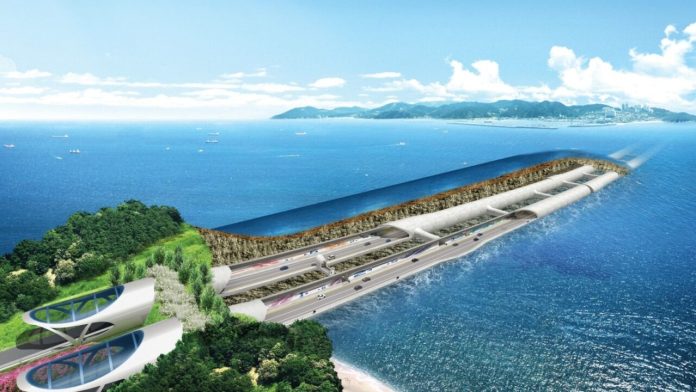The long-discussed idea of a tunnel linking Morocco and Spain has taken a major step forward. A new feasibility study commissioned by the Spanish government has concluded that the project is now technically viable. The findings, reported by Spanish media outlet Vozpópuli, suggest that while the engineering challenges remain significant, today’s tunneling technology can handle them.
The study, conducted by German firm Herrenknecht—one of the world’s leading manufacturers of tunnel boring machines—was prepared for Secegsa, a public agency under Spain’s Ministry of Transport. Delivered in June, the report confirms that it is now possible to construct a fixed link beneath the Strait of Gibraltar, even in the particularly complex Camarinal Sill, a narrow and deep stretch of seabed.
Spanish officials are already looking ahead to the next phase of the project. Internal discussions are underway to lay the groundwork for future calls for tender, expected after June 2026. By 2027, a decision could be made on whether to begin drilling a preliminary exploratory tunnel. This step would require close coordination with Morocco, through its counterpart agency, the National Strait Studies Company (SNED), which has been working alongside Secegsa from the beginning.
In a recent joint mission to Norway, representatives from both countries visited the Rogfast tunnel—currently under construction and set to become the deepest and longest undersea tunnel in the world. The trip was part of a broader research initiative aimed at understanding the geological and seismic challenges of the Strait of Gibraltar. The United States Geological Survey is also providing technical support, helping to assess underwater conditions in the region.
According to the feasibility study, building a permanent connection between Europe and Africa would take around a decade. The total cost is projected to exceed €8.5 billion. An initial reconnaissance phase could last anywhere from six to nine years, during which key geological and engineering data would be collected.
Spain hopes to secure European Union funding for the project, particularly from the Next Generation recovery fund. However, the tunnel’s full opening is unlikely before 2035 at the earliest, and more realistically could be delayed until 2040. Once operational, the infrastructure would support mixed railway traffic, with the goal of boosting trade and transit between the continents—not just for passengers and cargo, but potentially also for energy transmission.
To make the project economically viable, the Ministry of Transport has tasked state-owned engineering firm Ineco with drafting a financial model. The study will explore potential public-private partnerships similar to the one used for the Channel Tunnel between the UK and France.
